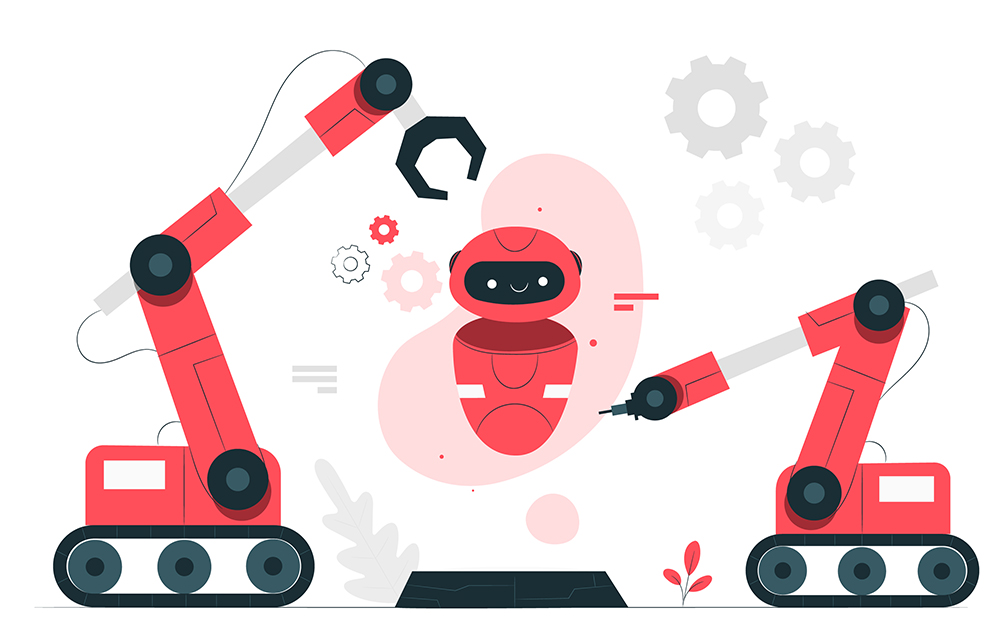It's important to acknowledge the vital role played by administrative professionals in the success of any busi...
Brickwork Blogs


In today's fast-paced business environment, efficiency is crucial for organizations to stay competitive and achieve their goals. Streamlining processes, optimizing resources, and maximizing productivity are essential to drive success. In this blog post, we will explore proven strategies that can help improve efficiency in the workplace. By implementing these strategies, organizations can enhance their overall performance and achieve higher levels of productivity.
Set Clear Goals and Priorities:
One of the fundamental steps to improving efficiency is setting clear goals and priorities. By defining specific, measurable, achievable, relevant, and time-bound (SMART) goals, organizations can provide employees with a clear direction. Clear goals help align individual efforts with organizational objectives, minimizing confusion and improving focus. It is crucial to communicate these goals effectively throughout the organization and regularly track progress to ensure everyone is on the same page.
Streamline Processes:
Reviewing and streamlining processes is an effective way to eliminate bottlenecks, reduce redundancies, and improve efficiency. Encourage employees to analyze their workflows and identify areas that can be streamlined or automated. By removing unnecessary steps and simplifying processes, employees can save time, improve productivity, and focus on value-added tasks. Additionally, implementing process management tools and technologies can help automate repetitive tasks, further enhancing efficiency.
Foster Effective Communication:
Effective communication is vital for improving efficiency in any workplace. Encourage open and transparent communication channels among team members, departments, and management levels. Foster a culture where employees feel comfortable sharing ideas, asking questions, and providing feedback. Regular team meetings, project updates, and status reports can help ensure everyone is informed and aligned. Efficient communication reduces misunderstandings, promotes collaboration, and accelerates decision-making processes.
Invest in Employee Training and Development:
Investing in employee training and development is a long-term strategy that yields significant efficiency gains. Provide opportunities for employees to enhance their skills, knowledge, and expertise. By equipping them with the necessary tools and training, they can perform their tasks more efficiently and effectively. Continuous learning not only improves individual performance but also contributes to the overall growth of the organization. Encourage employees to share their newly acquired knowledge with their colleagues, fostering a culture of continuous improvement.
Employee Training and Development play a significant role in improving efficiency in the workplace. Here are several ways in which training and development initiatives can contribute to enhanced efficiency:

Promote Work-Life Balance:
Striking a healthy work-life balance is crucial for employee well-being and productivity. Overworked and stressed employees are more likely to experience burnout and reduced efficiency. Encourage employees to take breaks, disconnect from work during non-working hours, and promote a supportive work environment. Flexible work arrangements, such as remote work options or flexible schedules, can also contribute to improved efficiency by allowing employees to manage their time effectively and reduce commuting-related stress.
Embrace Technology and Automation:
Incorporating technology and automation into workflows can significantly improve efficiency. Identify areas where manual tasks can be automated, such as data entry, reporting, or customer support. Implementing project management tools, collaboration platforms, and communication software can streamline processes, enhance team collaboration, and eliminate time-consuming administrative tasks. However, it's essential to strike a balance and avoid over-reliance on technology, ensuring that it supports human efforts rather than replacing them.
Regularly Evaluate and Adjust:
Efficiency is an ongoing journey, not a one-time achievement. Regularly evaluate and measure performance to identify areas for improvement. Collect feedback from employees, track key performance indicators (KPIs), and analyze data to gain insights into potential efficiency bottlenecks. Based on the findings, adjust processes, implement necessary changes, and monitor progress. Continuously seeking ways to enhance efficiency and adapting to evolving business needs is crucial for sustained success.
Improving efficiency in the workplace requires a comprehensive approach that encompasses goal-setting, process streamlining, effective communication, employee development, work-life balance, technology integration, and continuous evaluation. By implementing these proven strategies, organizations can optimize their operations, increase productivity, and achieve their goals effectively. Embracing a culture of efficiency and fostering an environment that encourages innovation and collaboration will enable organizations to stay competitive in today's dynamic business landscape
In summary, improved efficiency in the workplace can be achieved by enhancing employees' skills, knowledge, confidence, and engagement. By investing in employee growth and creating a culture of continuous improvement, organizations can achieve higher levels of productivity, effectiveness, and success.
How Can Brickwork Help You?
Brickwork offer services that are designed to provide cost-effective and efficient solutions for various business needs, enabling organizations to focus on their core competencies while delegating essential tasks to their team of skilled virtual assistants and professionals.


